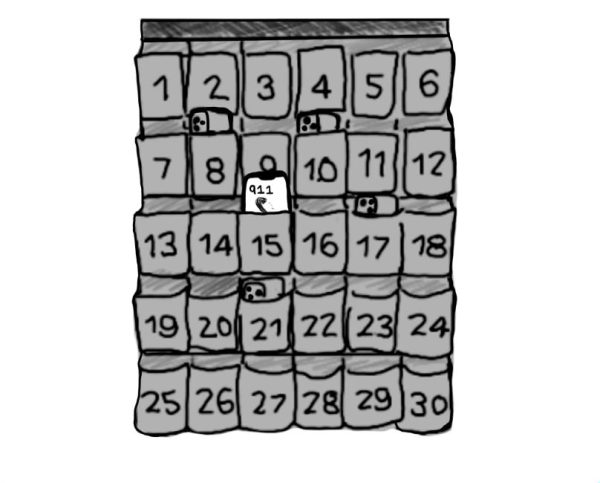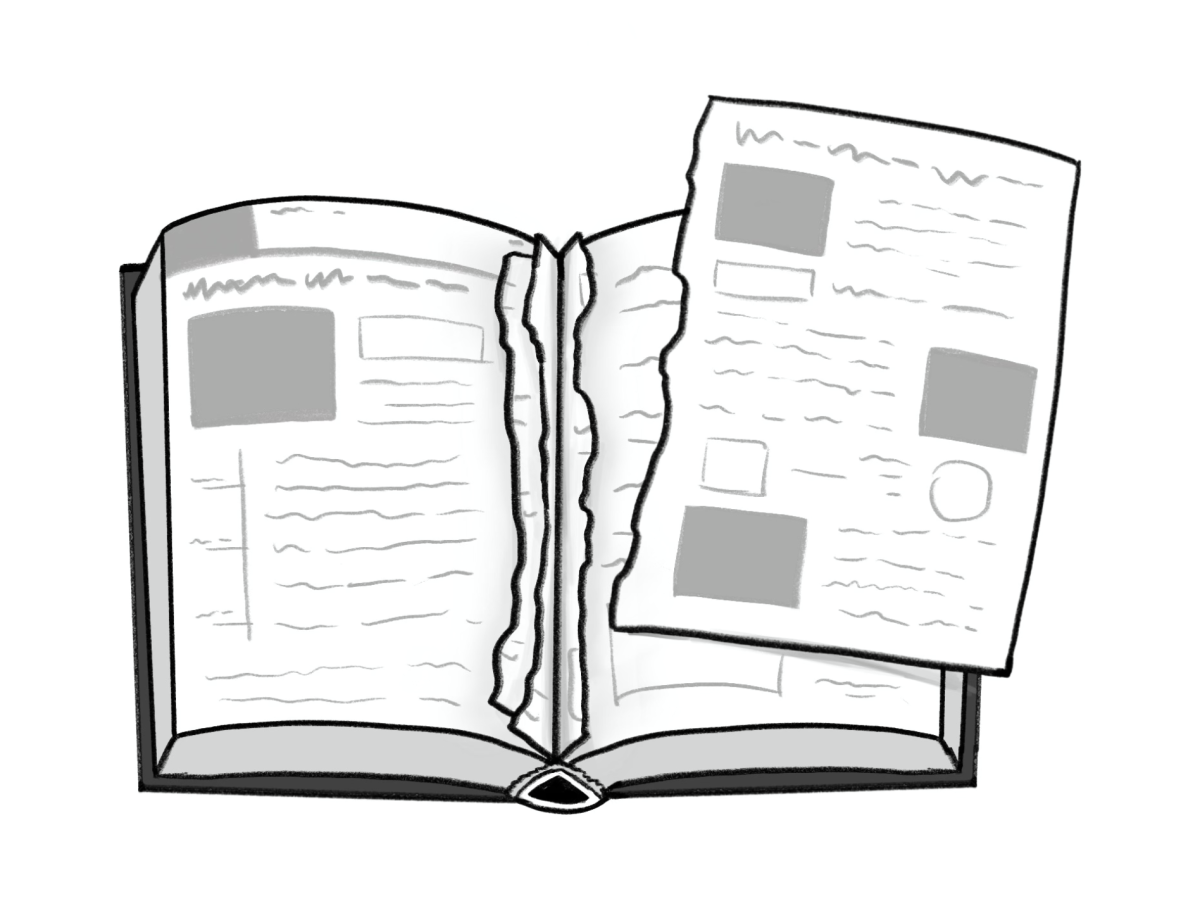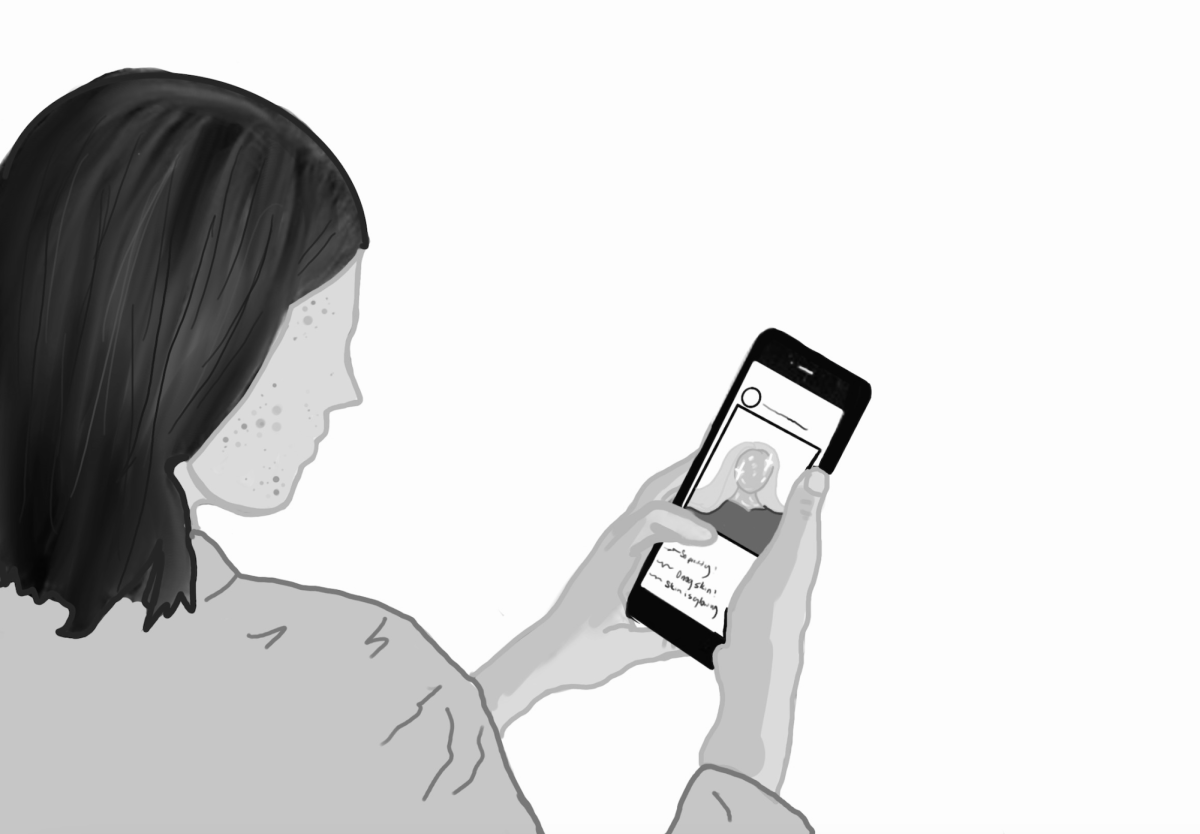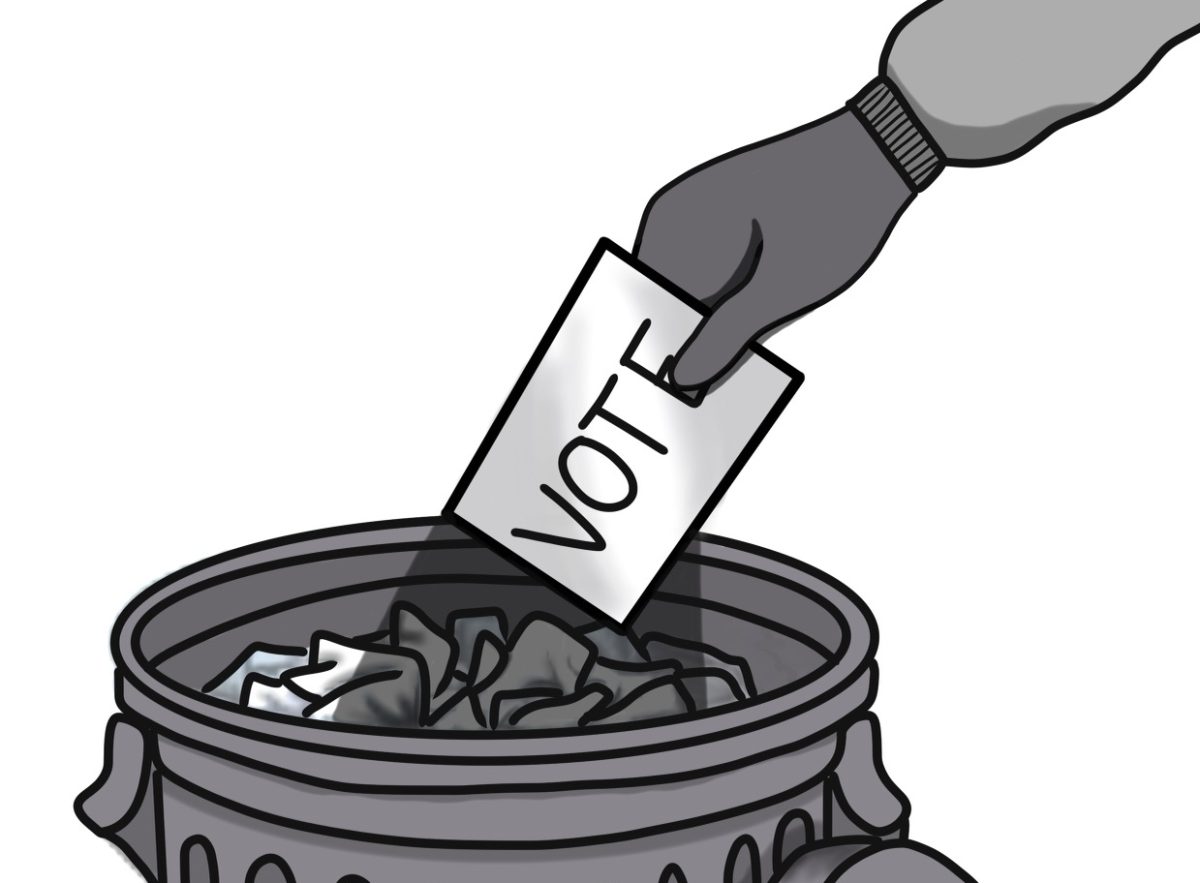 Cell phones are something that almost everyone has at all times, for better or worse. They allow people to gain knowledge, communicate with others and are a source of entertainment. Most importantly, they can help people receive aid in emergency situations. However, with the new cell phone policy, how can students contact family members or receive immediate help during emergencies?
Cell phones are something that almost everyone has at all times, for better or worse. They allow people to gain knowledge, communicate with others and are a source of entertainment. Most importantly, they can help people receive aid in emergency situations. However, with the new cell phone policy, how can students contact family members or receive immediate help during emergencies?
It is essential that the Tamalpais Union High School District (TUHSD) allows students to have possession of their phones in class for use in emergency situations. In many schools, including Redwood, before the phone policy was implemented, it was typical for students to have their phone with them during class but not be permitted to use it. This type of situation is perfect for students as they can communicate with family members during an emergency situation but still have the same ‘no phone usage during class’ restrictions that will keep them focused on their academics. Having access to phones is crucial for the safety of students.
Many students believe that their phones shouldn’t be taken away because of potential emergencies that can happen at any given moment.

That being said, some people claim that cell phones shouldn’t even be banned in the first place. Lexi Lonas, author for The Hill, argues that bans don’t teach children how to use cell phones responsibly or solve the primary problem.
Banning cell phones isn’t justified in the first place, so why should the threat of emergencies be completely overlooked? Just recently, the TUHSD started requiring all classrooms to have phone jails solely for the goal of a greater academic focus. But, they didn’t even address the fact that emergency situations could be potential oversights to the new policy.
Throughout my experience at Redwood, prior to the phone jail restrictions, I haven’t seen any major reason that should result in phones being taken away at the beginning of every class. The only issue faced with access to cell phones during class time was the small number of students using the internet during instructional time. However, that should not be the reason to mandate a cell phone policy in every classroom.
While rare, emergencies can happen at any moment on any given day. If there is a sudden earthquake and a warning is sent to students’ phones, the class may be unprepared. This could be incredibly dangerous, especially in the Bay Area, as earthquakes occur quickly and frequently.
Some people may argue that students can get their phones quickly in the rare case of an emergency, but students shouldn’t feel pressured to sprint to their phones just to feel safe in the first place. They should have a right to contact their family members to let them know what is going on immediately as a disaster occurs.
Students would benefit from having their phones in their own possession in an emergency, therefore the TUHSD must change the cell phone policy.



















